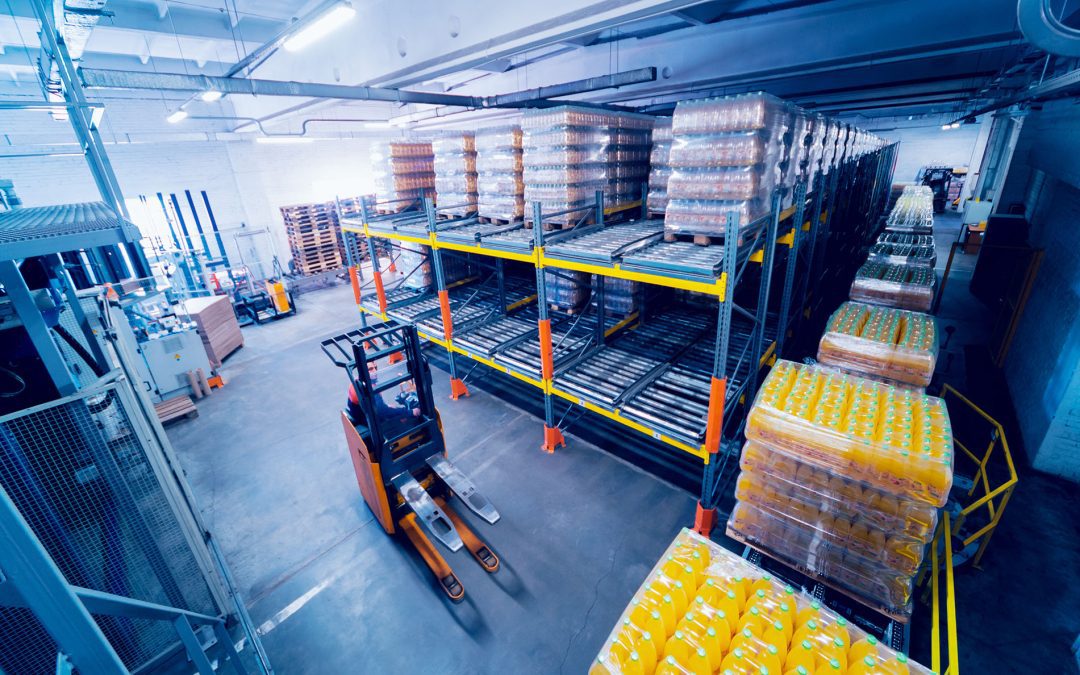As a 3PL provider, you constantly deal with many moving parts, such as keeping up with orders, tracking inventory, and ensuring smooth communication between suppliers and customers.
This is always a fast-paced scenario where effective communication is a priority and, when done manually, may lead to errors and frustrating delays.
This is where EDI (Electronic Data Interchange) integration comes in.
Let’s explore how EDI integration can make your 3PL communications more efficient, reliable, and stress-free.
What is Electronic Data Interchange (EDI)?
Electronic data interchange (EDI) is EDI is the set of rules and formats in standardized electronic exchange of business documents. By connecting software systems between business partners involved in logistics, EDI helps a 3PL warehouse process orders faster, reduce paperwork, and improve communication across clients, manufacturers, shippers, and others.
EDI information exchanges replace paper-based documentation like invoices and purchase orders.
Information and documents such as quotes, request forms, and supply notifications can move directly from one organization to another through computer applications. This method of communication is faster than paper documents, which demand courier services that can take days and weeks to deliver.
Companies likely to use this mode of data transfer are partners that exchange goods and services in a supply chain.
3PL EDI Integration Benefits
EDI transactions are important in the 3PL industry, where documents are constantly shared between partners. Here are some positive effects of EDI on 3PL:
Improved customer satisfaction
With real-time updates and faster communication, 3PL providers can meet delivery dates, build more seamless partner relationships, and maintain higher levels of satisfaction
Saves cost and improves operational efficiency
Eliminating manual communication processes significantly reduces the time taken to handle business documents, thereby reducing costs. This way, more orders are fulfilled, enabling 3PL providers to meet customer demands.
Enhanced data accuracy
EDI reduces errors related to manual document handling. Since EDI exchanges data in standardized electronic formats, there is accurate and consistent information flow within the supply chain, which is important for making operational decisions and improving performance.
Reduced environmental impact
Many businesses in the industry are leaning towards sustainability, and transitioning to EDI reduces reliance on paper. Automation via EDI presents an eco-friendly option for communication and aligns with global business practices. This can improve the brand image of 3PL providers and appeal to environmentally conscious clients.
Commonly Used EDI Transactions for 3PLs
3PLs use EDI to communicate inventory and shipping details with clients, manufacturers, warehouses, and retailers.
There are seven commonly used EDI documents by 3PLs:
EDI 940
This document is called a Warehouse Shipping Order and is used by manufacturers or sellers to alert a 3PL warehouse of a new order to be shipped to a buyer. This document includes the buyer’s location, delivery date, shipping method, item description, and invoice. It can also be used to modify or cancel an order.
EDI 945
An EDI 945 is called Warehouse Shipping Advice, and it is a confirmation sent to a seller by a 3PL warehouse that a shipment has been completed. It includes the date of shipment, payment method, transportation method, and item details.
EDI 943
An EDI 943 is called Warehouse Stock Transfer Shipment Advice. It is used to inform a 3PL that a seller has transferred a new batch of shipment to the warehouse. It contains information like seller information, item, date of shipment, carrier information, and location of source and destination.
EDI 944
EDI 944 serves as an acknowledgment from the 3PL provider to a seller that they’ve received shipped goods. It is also called a Warehouse Stock Transfer Receipt Advice and includes the same information with an EDI 943 with a confirmation of receipt. It also contains information about any product defects and incorrect items in the package.
EDI 947
It is a Warehouse Inventory Adjustment Advice used to update the seller’s inventory levels. It tells the 3PL providers to make adjustments based on available inventory and also informs clients about the remaining inventory so they can plan another shipment.
EDI 846
This is called Inventory Advice, and sellers and buyers use it to update each other on inventory. It can also be used to verify available inventory for customers and inventory that is to be transferred to a different warehouse.
EDI 856
This is an Advanced Shipment Notification sent by 3PLs to the seller’s trading partners after the shipment has been processed. It notifies trading partners of the items that have been shipped in a single consolidation. It contains buyer information, the tracking number, and the address.
Steps to Implement EDI With 3PL Customers
Follow these steps to start using EDI with your customers and partners.
Step 1: Train your Staff
Provide comprehensive training for your staff on how to use your EDI system, no matter where it lives: integrated into your WMS, accessible on its own standalone machine, or elsewhere. Training should cover the basics of operating the system, troubleshooting common issues, and managing EDI transactions.
Step 2: Implement the EDI systems
Once testing is complete and staff are trained, proceed with the full implementation of the EDI system. Monitor the initial transactions closely to ensure that everything is functioning as expected and to address any issues that arise quickly.
Step 3: Build a support plan
Establish a support and maintenance plan to ensure the continued smooth operation of the EDI system. This includes regular updates, monitoring for potential issues, and providing ongoing training as needed.
Scale Your 3PL Operations Faster with Da Vinci WMS EDI Integration
Through an EDI integration, 3PL providers can improve their daily operations, improve partner communication, and reduce errors that affect order fulfillment and customer experience.
With Da Vinci’s WMS EDI integration, 3PL providers and supply chain professionals do not need to worry about manually relaying information to the right channels. EDIs are automated standards of exchanging documents that are fast and easy to understand.
Level up your warehouse communication systems with an EDI integration and try our demo today.



